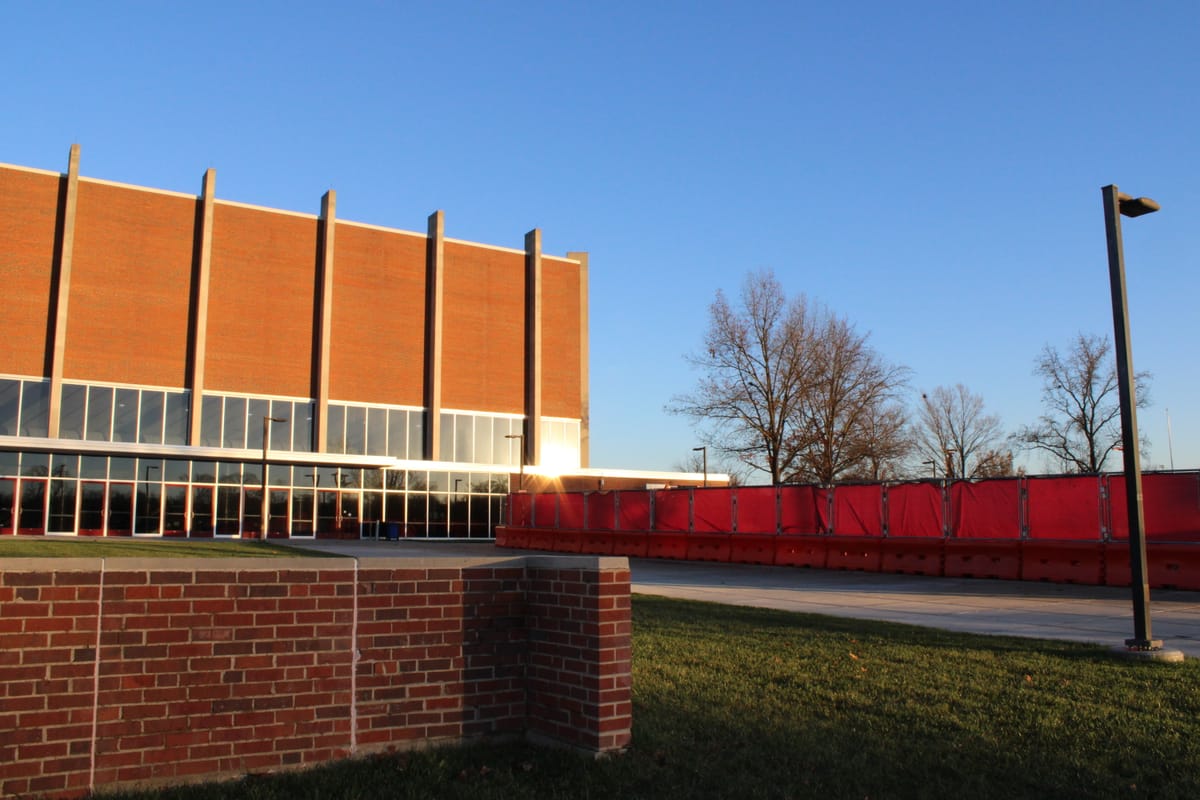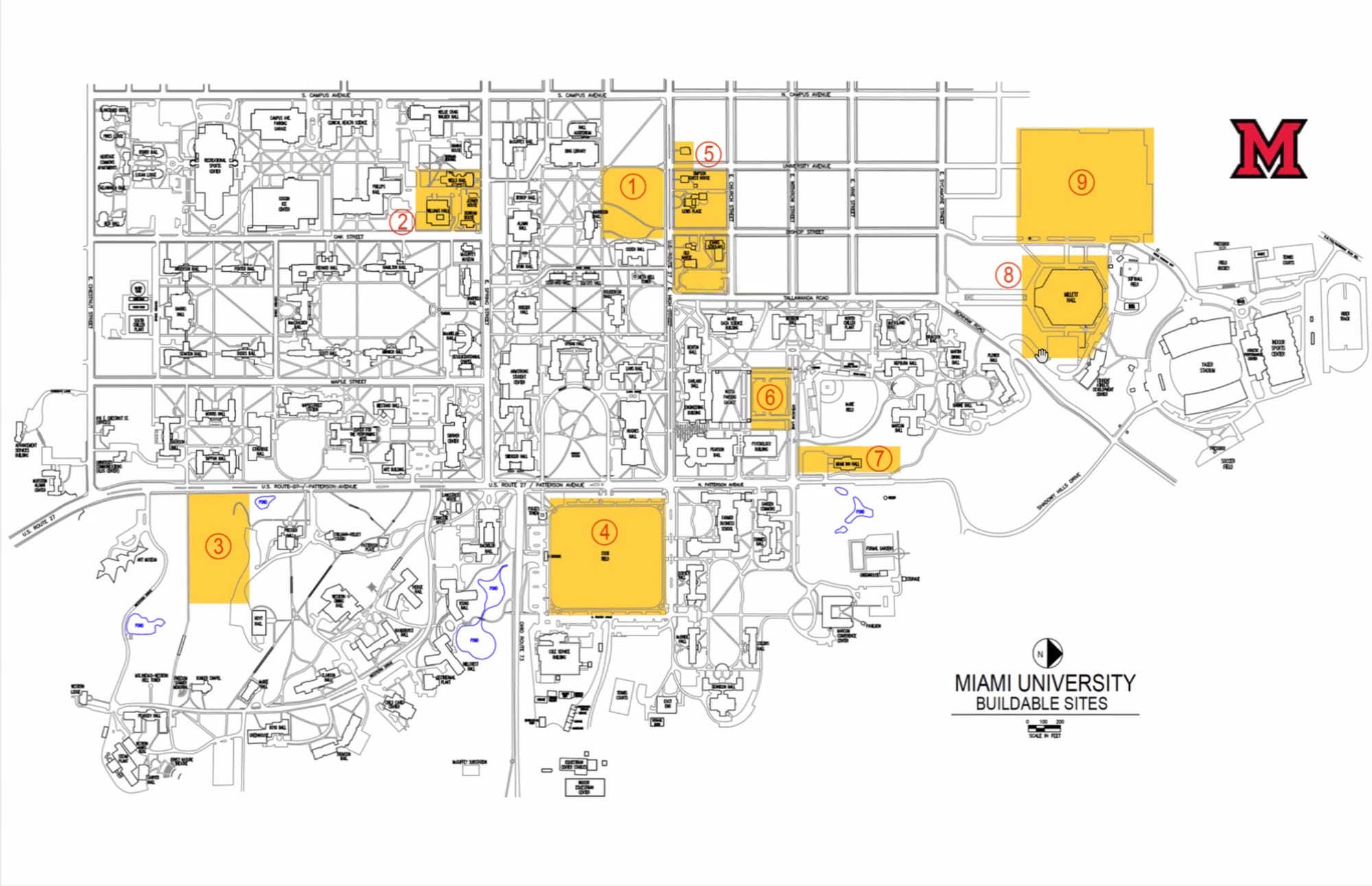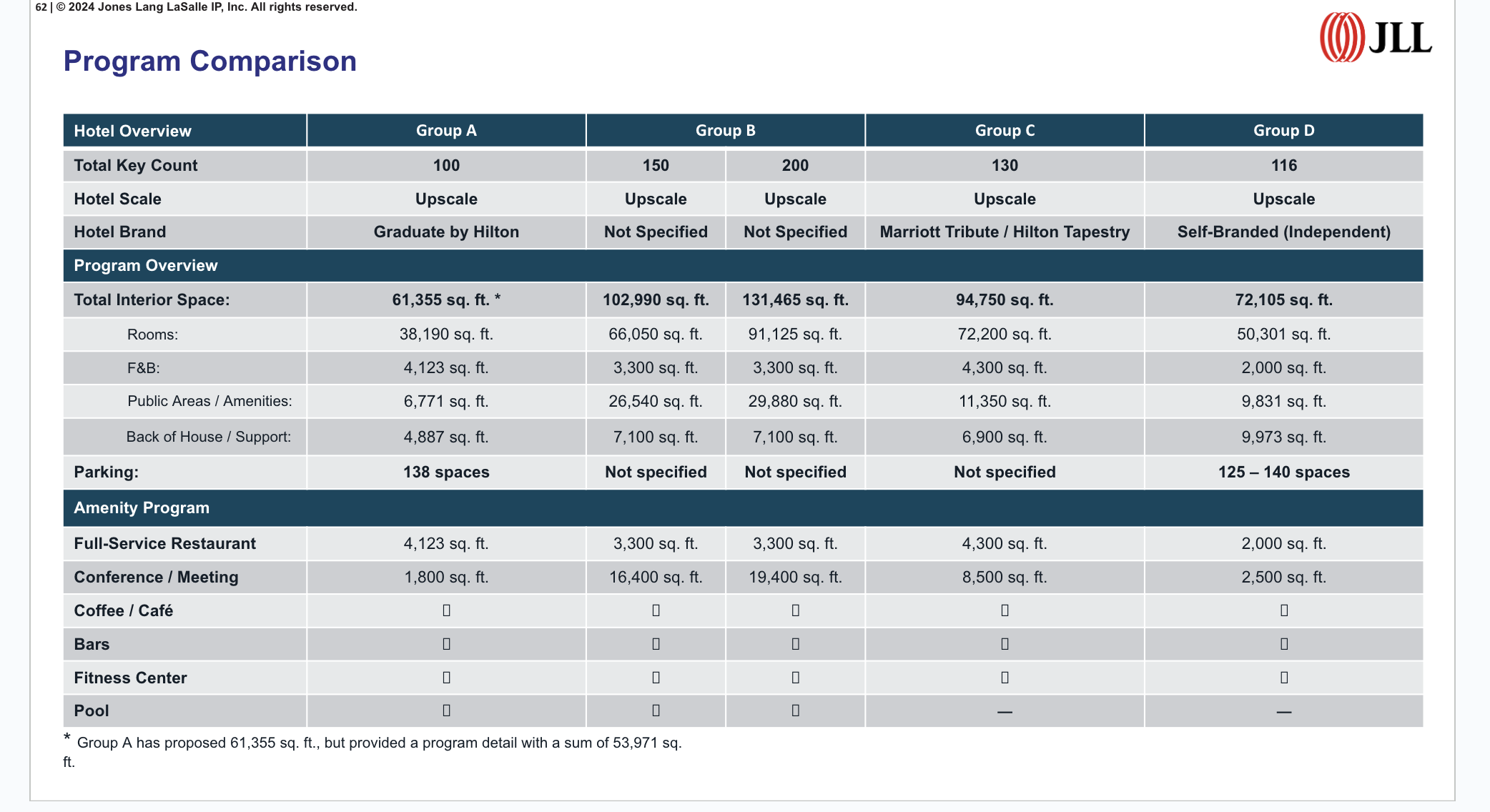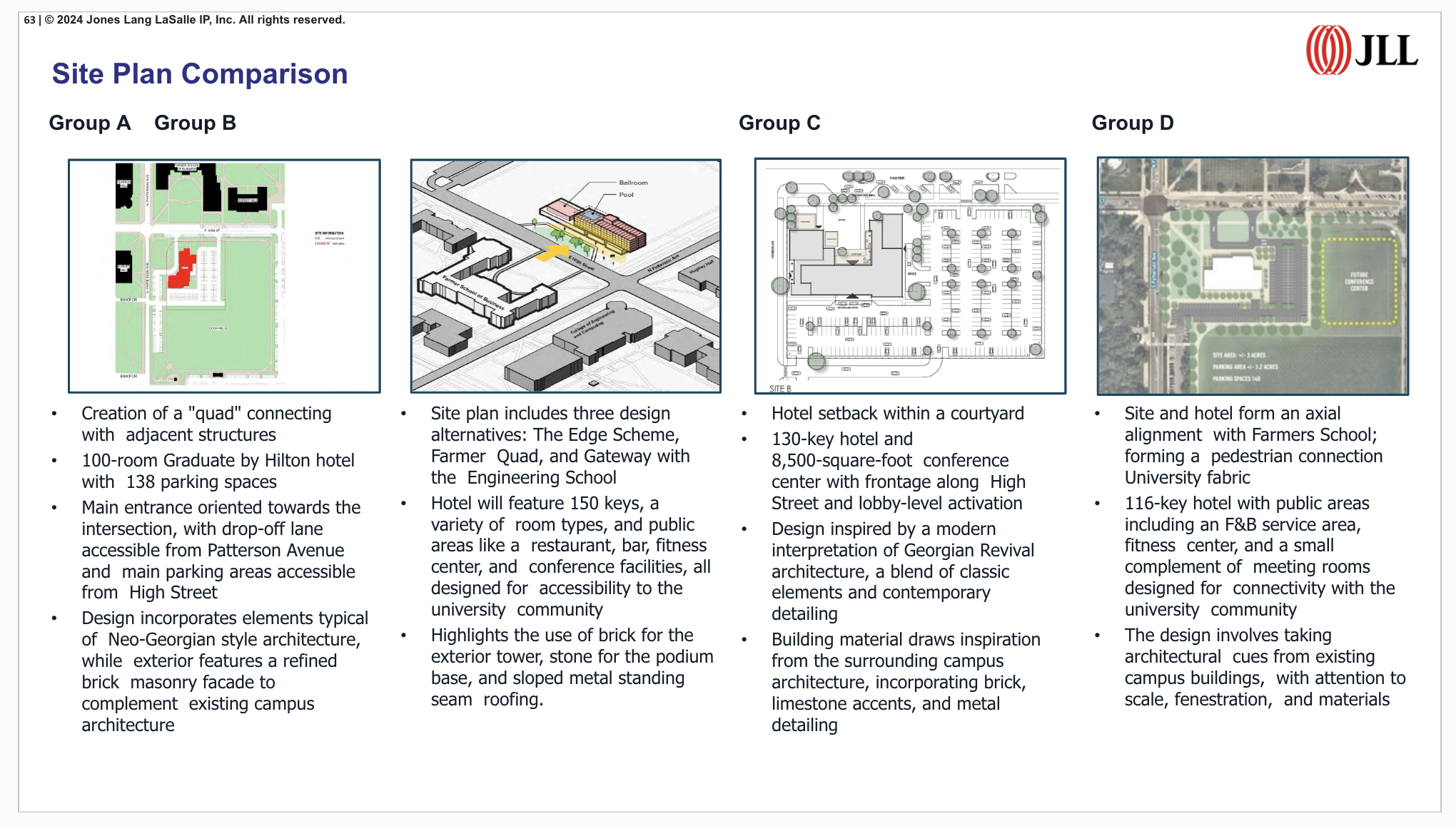Miami creates site selection committee for new arena as Board of Trustees approves initial planning funds
Miami University's plans to replace Millett Hall are one step closer to reality after the Board of Trustees approved a resolution to spend up to $3.5 million on preliminary architectural services.

Miami University is moving forward with the planning phase of its proposed arena project.
During a Board of Trustees meeting Dec. 13, the university’s board members unanimously passed a resolution allowing the university to award contracts for architectural services related to construction of a new arena to replace Millett Hall.
While the resolution allows for up to $3.5 million to be spent, the language states that spending should be limited in the near term to only expenses necessary to select a site, begin fundraising for the project and provide further information to the Board of Trustees before it determines whether to proceed with the project.
Cody Powell, associate vice president for facilities planning and operations, said during the Trustee’s Finance Committee meeting Dec. 12 that the resolution was necessary to provide the site selection committee with information on feasibility. The university will also need to do preliminary programming and design work before committing to a specific size and budget for the arena.
David Creamer, treasurer and senior vice president for finance and business services, said he doesn’t anticipate the university spending “anywhere near” $3.5 million to pick a site for the arena and begin fundraising.
Creamer estimated that a new arena could cost upwards of $200 million, while the costs associated with renovating Millett Hall for deferred maintenance would total approximately $80 million if the university doesn’t move forward with a new arena. Three Division I programs currently play on a single competition court in Millett. If the trustees approve plans to move forward with the arena, Creamer estimated that it would have a $3-million-per-year impact on the university’s operating budget for debt services to finance the project, beyond what the university receives in gifts for the arena.
“The new arena is a more attractive approach because there are a number of limitations with the design [of Millett] today,” Creamer said. “[Millett] is larger than probably what the seating capacity should be. The way the bowl was constructed creates some problems … There’s not a good situation when you try to basically run three sports through there during the same season.”
Members of Miami’s Campus Planning Committee, an advisory body which cannot make policy decisions, warned at a University Senate meeting in November that several important green spaces including next to Slant Walk were under consideration for the proposed arena. The current location and parking lot for Millett Hall, Cook Field, a green space on Western Campus and more are also options, according to a buildable site map shared with the committee.
Miami has created a new 11-member site selection committee tasked with identifying the most viable sites for the proposed arena. The selection committee is co-chaired by Don Crain and David Bodig, both Miami graduates and former chairs of the Board of Trustees. Current Trustee Zac Haines and Kelly Knollman-Porter, an associate professor and chair of the Campus Planning Committee, are also members. Three administrators and three athletic department representatives, as well as alumna Andrea Simpson, round out the selection committee.
No students have been selected to serve on the committee.
The committee will meet in early January to trim down the list of potential locations from roughly 10 to three or four. Those top options will then be shared in a community survey, which the committee will use to make a final location recommendation to the Board of Trustees during its February meeting.

During public comment, Miami graduate and retired faculty member Melanie Ziegler said she’s opposed to the Slant Walk location for the arena.
“The very thought of such a possible desecration of the most iconic green space and soul of this university is what has brought me here today to attend my first ever Trustees meeting,” Ziegler said, “and it’s intimidating. Feeling like a powerless stakeholder, I vented my concern to my classmates, former students and colleagues on Facebook — their response was unanimous in opposition.”
Gerardo Brown-Manrique, a professor of architecture, also spoke against the idea of putting an arena close to the academic center of campus. Herron Gymnasium was constructed in 1897 near what is currently Roudebush Hall and was renamed Van Voorhis Hall before being torn down in 1986. Brown-Manrique said that decision was made to remove athletic facilities from the academic quad.
“It seems rather ridiculous from an architect and urban designer’s point of view to think that it’s now suddenly appropriate to propose a facility that will require much more space than simply the size of a basketball [court],” Brown-Manrique said.
Planning for on-campus hotel continues


Miami received five bids in response to a request for proposals for an on-campus hotel, four of which are under consideration. Groups B and D are currently frontrunners, said Senior Vice President David Creamer. Click on either image to expand. Photos provided by Miami University
University leaders are also considering several proposals for an on-campus, university-affiliated hotel. Creamer updated the board members on the progress of the hotel development during a finance committee meeting Dec. 12.
The two bids under primary consideration, Creamer said, could include anywhere from 110 to 150 rooms. While the university’s initial request for proposals focused on a location near Millett Hall, it extended to a location on Cook Field after feedback from bidders. Both proposals would include an associated restaurant and conference space.
Creamer shared preliminary hotel site plans from four proposals during the finance committee meeting, all of which were located on Cook Field. One proposal, Group B, had three alternatives identified by Creamer’s slides: the “Edge Scheme,” “Farmer Quad” and “Gateway with the Engineering School.” The image for that plan showed a hotel on the northwest corner of Cook Field next to the Farmer School of Business.
“We have to determine how to continue to provide the intramural and play fields for students that Cook Field offers today,” Creamer said. “... The opportunity to still construct an arena on the [Cook Field] site is still there. The amount of space that would remain, that could be done. We would have to understand how to replace the recreation elements that Cook Field provides today.”
While the hotel proposals are not contingent on the arena, Creamer said the site selection committee will consider both developments and make recommendations. Creamer said the university has advantages to thinking of the projects together, though plans for a hotel are further along than the arena plans.



